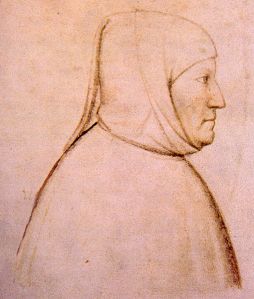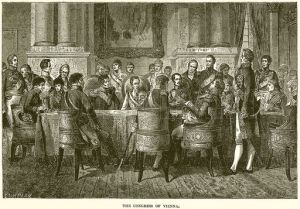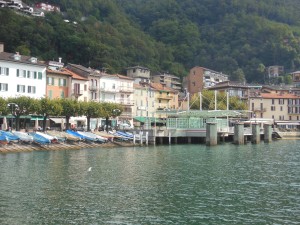Salve! Come sta? I’m Francesco Petrarca. I was born on July 20, 1304 in Italy. I was a renaissance poet and one of the first humanist scholars. I’m often called the Father of Humanism.
When I was a child, I moved to Avignon, France. There was a time, there was an age, that was happier for poets, an age when they were held in the highest honor, first in Greece and then in Italy, and especially when Caesar Augustus held imperial sway, under whom there flourished excellent poets: Virgil, Varius, Ovid, Horace, and many others. Alas, I didn’t live on that time, so I had to study law in France just as my father willed. However, my passion has always been Ancient Greek and Rome literature. After my father’s death in 1326, I left my studies to focus on the classics.
Then, I became a priest, making me able of pursuing my interest in ancient literature. I was also able to search for forgotten classical texts. I built up a huge collection of forgotten texts. When I went to Venice I had to trade all those texts I found in exchange for a house where I took shelter from the plague.
As I studied the Classics I started to feel that humanity could revive the customs of the Ancient Greek and Rome. This doctrine became known as humanism, and marked, in a certain way the beginning of Renaissance.
Poetry has been my life! I am known for my Italian poetry, especially the Canzionere and the Triunfi. Actually, I wasn’t very enthusiastic about writing in Italian, I really preferred to write in Latin. My Latin works, which are not as known as the Italian ones, were Scholarly works, essays, letters, and even more poetry. My most well-known compositions were lyrical poems about Laura, a woman I had fallen love with after seeing her in an Avignon church on April 6, 1327 (She was the reason because I left the church). I was also very good writing other kind poetry like sonnets.
This is the last of my memories: It was the night before my 70th birthday, I needed to work on my study on some writings, and suddenly I felt to tired, I felt like if I was going to sleep, I slowly closed my eyes and had deep rest.

Maximus ignis ego; Laura secundus erat.
Quid rides? divinæ illam si gratia formæ,
Me dignam eximio fecit amante fides.
Si numeros geniumque sacris dedit illa libellis
Causa ego ne sævis muribus esca forent.
Arcebam sacro vivens a limine mures,
Ne domini exitio scripta diserta forent;
Incutio trepidis eadem defuncta pavorem,
Et viget exanimi in corpore prisca fides




